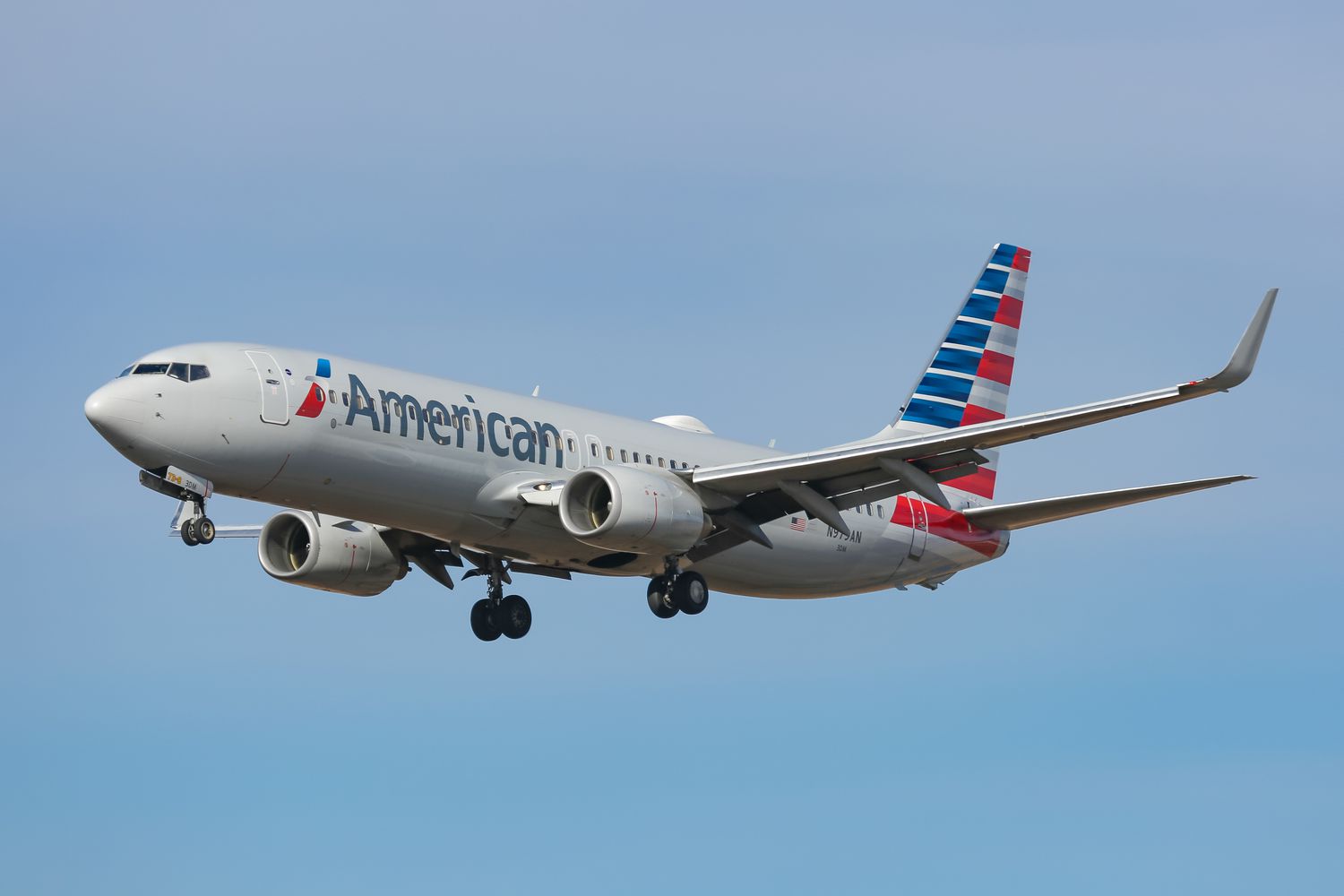
Why is aircraft fleet standardization important? Aircraft fleet standardization is crucial for airlines because it reduces costs, improves efficiency, and enhances safety. Imagine a world where every plane in an airline's fleet is different. Training pilots and mechanics would be a nightmare, spare parts would be a logistical mess, and maintenance would be more complex. Standardizing the fleet simplifies training, reduces the need for diverse spare parts, and streamlines maintenance procedures. This not only saves money but also ensures that planes are serviced quickly and safely. In short, fleet standardization helps airlines run smoother, safer, and more cost-effectively.
Key Takeaways:
- Standardizing aircraft fleets can save money, make operations smoother, and improve safety. But it also comes with challenges like high initial costs and lack of flexibility for different routes and markets.
- Airlines like Southwest, Ryanair, and EasyJet have successfully standardized their fleets, reaping benefits like lower maintenance costs and reduced environmental impact through fuel-efficient aircraft.
What is Aircraft Fleet Standardization?
Aircraft fleet standardization involves using a uniform set of aircraft models within an airline's fleet. This practice can offer several benefits, including cost savings, operational efficiency, and improved safety. Let's explore some interesting facts about this practice.
Benefits of Aircraft Fleet Standardization
Standardizing an aircraft fleet can bring numerous advantages to airlines. Here are some key benefits:
-
Cost Savings: Airlines can save money on maintenance, training, and spare parts by using the same aircraft models. This reduces the need for specialized equipment and personnel.
-
Operational Efficiency: Standardization simplifies scheduling and operations. Pilots and crew can easily switch between aircraft, reducing downtime and increasing productivity.
-
Improved Safety: Uniformity in aircraft models can lead to better safety outcomes. Crews become more familiar with the aircraft, leading to fewer errors and quicker responses in emergencies.
Challenges of Aircraft Fleet Standardization
While there are many benefits, standardizing an aircraft fleet also comes with challenges. Here are some of the main issues:
-
Initial Investment: The upfront cost of purchasing a standardized fleet can be high. Airlines need significant capital to buy multiple aircraft of the same model.
-
Flexibility: A standardized fleet may lack flexibility. Different routes and markets may require different types of aircraft, making it challenging to meet diverse needs.
-
Market Changes: The aviation market is constantly evolving. New aircraft models with better efficiency and technology may emerge, making it difficult to stick with a standardized fleet.
Examples of Airlines with Standardized Fleets
Several airlines have successfully implemented fleet standardization. Here are a few examples:
-
Southwest Airlines: Known for its all-Boeing 737 fleet, Southwest Airlines has reaped the benefits of standardization, including lower maintenance costs and simplified training.
-
Ryanair: This low-cost carrier operates a fleet of Boeing 737s, allowing it to keep costs low and offer competitive fares to passengers.
-
EasyJet: EasyJet primarily uses Airbus A320 family aircraft, which helps the airline maintain operational efficiency and reduce costs.
Environmental Impact of Fleet Standardization
Standardizing an aircraft fleet can also have environmental implications. Here are some key points:
-
Fuel Efficiency: Using newer, more fuel-efficient aircraft models can reduce an airline's carbon footprint. Standardization can help airlines phase out older, less efficient planes.
-
Emissions Reduction: A uniform fleet can simplify efforts to reduce emissions. Airlines can implement consistent practices and technologies across all aircraft to minimize environmental impact.
Future Trends in Aircraft Fleet Standardization
The aviation industry is constantly evolving, and fleet standardization is no exception. Here are some trends to watch:
-
Technological Advancements: New technologies, such as electric and hybrid aircraft, may influence fleet standardization. Airlines may adopt these innovations to improve efficiency and reduce environmental impact.
-
Sustainability Initiatives: As sustainability becomes a priority, airlines may focus on standardizing fleets with eco-friendly aircraft. This could include models with lower emissions and better fuel efficiency.
-
Globalization: As airlines expand their operations globally, fleet standardization may become more challenging. Different regions may have varying requirements, making it difficult to maintain a uniform fleet.
The Final Takeoff
Aircraft fleet standardization offers airlines a ton of benefits. It simplifies maintenance, training, and operations, leading to cost savings and improved efficiency. By using a uniform fleet, airlines can streamline pilot and crew training, reducing the need for multiple certifications. This approach also helps in inventory management, as fewer spare parts are needed for a standardized fleet.
Moreover, standardization enhances safety by ensuring that all aircraft are maintained to the same high standards. It also allows for more flexible scheduling, as any aircraft can be used on any route without compatibility issues. This flexibility can lead to better on-time performance and increased customer satisfaction.
In short, fleet standardization is a smart strategy for airlines looking to optimize their operations, cut costs, and improve overall performance. It's a win-win for both the airline and its passengers.
Frequently Asked Questions
Was this page helpful?
Our commitment to delivering trustworthy and engaging content is at the heart of what we do. Each fact on our site is contributed by real users like you, bringing a wealth of diverse insights and information. To ensure the highest standards of accuracy and reliability, our dedicated editors meticulously review each submission. This process guarantees that the facts we share are not only fascinating but also credible. Trust in our commitment to quality and authenticity as you explore and learn with us.


